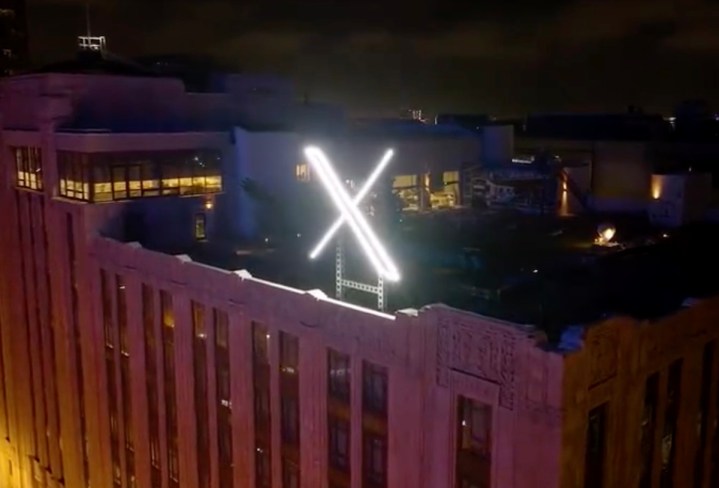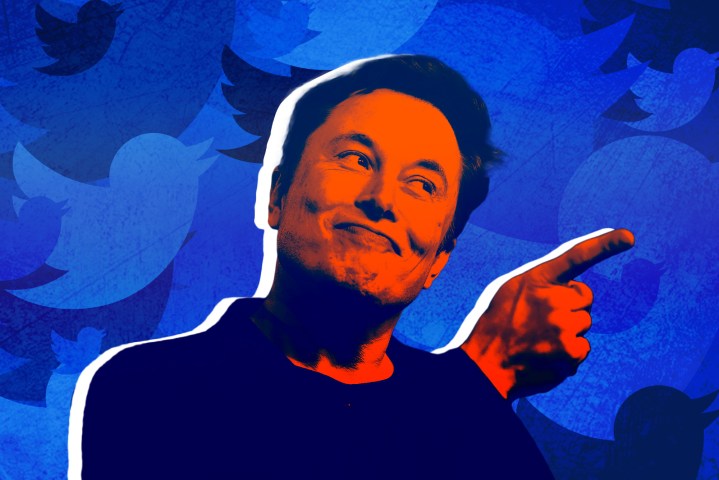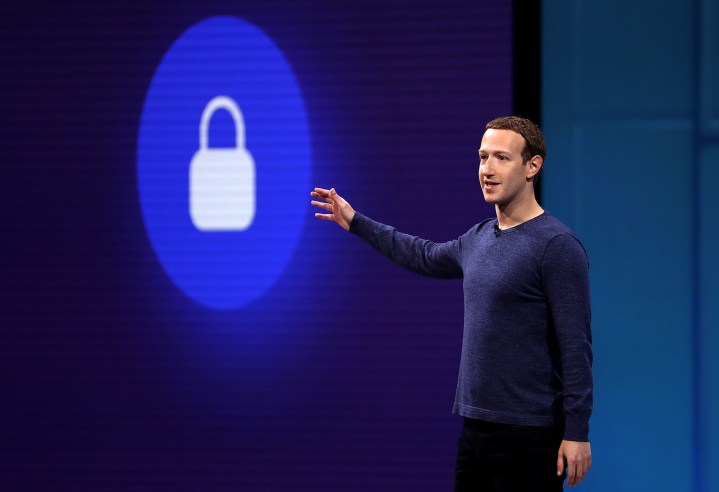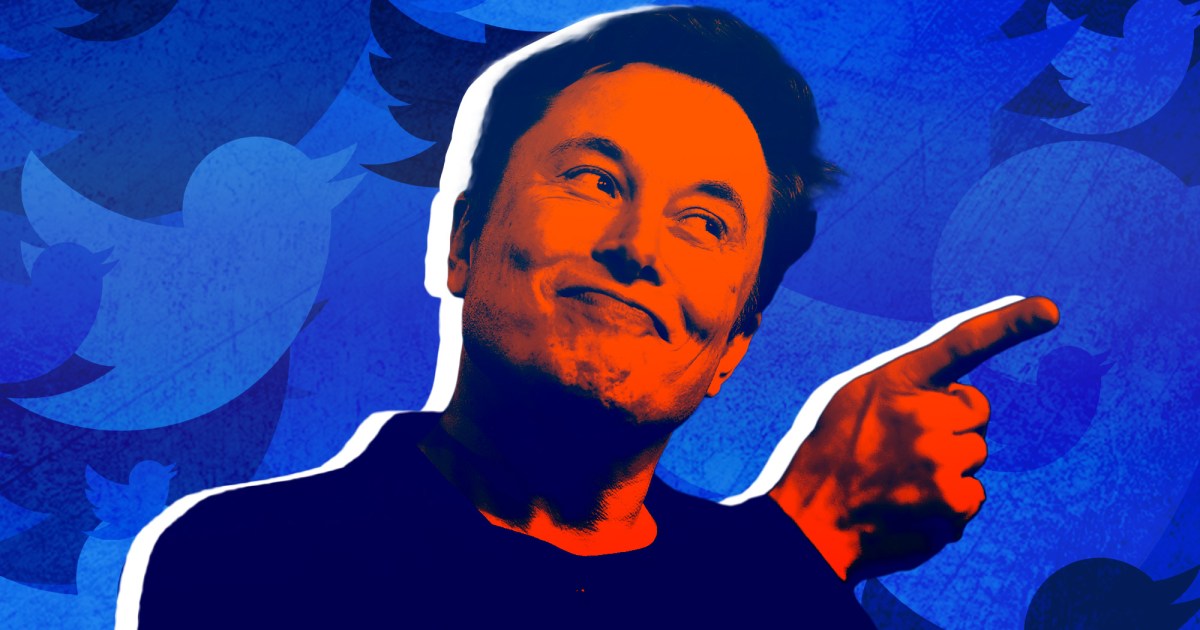Twitter is now called X, and it’s causing some commotion. Since launching 17 years ago (nearly to the date at the time of writing), Twitter has been adorned with a blue bird. Now, it’s a rather cryptic X brought on by the new owner of the social media platform, Elon Musk. Even though elements of the old Twitter remain, the iOS and Android apps have switched over to the new name, including the transition from “tweets” to “posts.”
How did we get here? We’ve rounded up the order of events that took place leading to Twitter’s massive rebrand to X, as well as how that relates to Elon Musk’s entrepreneurial history and the legal troubles that could stem from the new name.
Why is Twitter called X now?

On July 22, 2023, Twitter suddenly rebranded to X. According to Elon Musk, the now-owner of Twitter/X, the name change was meant to align with it being “the everything app.” Musk says, “This is not simply a company renaming itself but doing the same thing.”
What does that look like? According to Twitter CEO Linda Yaccarino, “X is the future state of unlimited interactivity — centered in audio, video, messaging, payments/banking — creating a global marketplace for ideas, goods, services, and opportunities.” That’s a big promise, but it doesn’t look like much has changed about the social media platform yet.
For now, both X.com and twitter.com lead to the same place: the website formerly (and colloquially) known as Twitter. It now shows an X logo instead of the Twitter bird, and the mobile apps for Twitter show the same new logo, as well. Although the rebrand may not seem like a big deal, it has brought on a string of controversies.
The prevalent one is a giant X logo that now adorns the top of the company’s headquarters. Public officials in San Francisco, where the headquarters is located, say the sign is in violation of city permits. According to a report from NPR, multiple inspectors have gone to the building to inspect the sign and have been denied access. Nearby residents have also complained, saying the light is “way too bright.”
There’s also the logo itself. Some have speculated that it’s just a character from Monotype’s Special Alphabets 4 font. Although it’s strikingly similar, Monotype has said that it doesn’t believe the logo came directly from its font.
It also comes at a time when Twitter is struggling financially. According to Musk, around half of Twitter’s advertisers have pulled out of the platform, and there’s still a “heavy debt load” on the company (around $13 billion, according to some reports). User engagement has also declined since January of this year, with traffic dropping around 5% each month.
The history of X and Elon Musk

The pressing reason Twitter is now called X may be the hubris of Elon Musk, but that hubris runs much deeper than a whim. In 1999, Elon Musk founded the original X.com. A year later, it merged with Confinity, which a year after that rebranded to PayPal.
There’s a lot of history here with Elon Musk and X. Reportedly, Confinity (now known as PayPal) was significantly more popular than X was, which is why the merger originally took place. After it happened, Musk returned as CEO, shortly after PayPal’s cofounder Peter Thiel resigned.
According to a report from Fortune in 2007, Musk stirred up a big controversy at PayPal. He wanted to transfer the company’s platform to Microsoft’s operating system and ditch the Unix-based system that PayPal was using. This reportedly led to a “holy war” within the company, leading to Musk being fired as CEO and ousted from the company.
Years later, in 2017, Musk purchased X.com from PayPal for “millions.” At the time, Musk said it was because the name had “great sentimental value” to him. Fast forward another six years and Musk is now putting the domain to work by redirecting it to Twitter.
X copyright controversy

The issues with the X rebrand go far beyond a bright, permit-violating sign and some speculation on fonts. Trademark attorney Josh Gerben told Reuters: “There’s a 100% chance that Twitter is going to get sued over this by somebody.”
According to Gerben, there are nearly 900 active trademark registrations in the U.S. for the letter X that expand to dozens of different industries. The most problematic for Musk is that Microsoft and Meta both have active trademarks for X.
Microsoft has owned the trademark since 2003 as part of the launch of the original Xbox. Similarly, Meta owns a 2019 trademark for an X with a white and blue style. Neither should result in legal issues, Gerben says, unless the X branding ends up much closer to the designs owned by Microsoft and Meta.
The problem, according to trademark attorneys, is how narrow the protections are for a single letter. Douglas Masters, a trademark attorney at Loeb & Loeb, says that “Twitter’s protection is likely to be confined to very similar graphics to their X logo,” meaning that even slight deviations may not infringe on copyright.
Editors’ Recommendations
